ARTIFICIAL AURAS
EXPLORING MIGRAINE ART WITH GENERATIVE AI
As a life-long Migraine sufferer, Josh has an ongoing interest in Migraine Art as a way to express a mostly inexpressible condition. He has explored the rich history and scientific value of Migraine Art and illustration in several projects and presentations. In 2017, he explored the visual hallucinations some Migraine sufferers experience known as “Auras” in an exhibition at ITP Camp.
In 2023, Josh returned to the subject of Migraine Art and auras as part of his time at Mars College. This new series titled “Artificial Auras” explores how AI models visually understand and represent Migraine. Josh created hundreds of generative Migraine artworks and images using stable diffusion through eden.art and curated them in an attempt to bring meaning to what he observed.
1) Initial Experiments
The first phase of exploration involved experimenting with various migraine-related prompts in an attempt to find keywords that consistently produced Migraine-like art. Prompts are simply a long string of text, often containing many separate keywords. It is often surprising which keywords work well in a prompt and which perform poorly.
It took at least 50 attempts to come up with a basic prompt structure that consistently produced images that were satisfying. Even then, the images lacked many of the common characteristics found in Migraine Art, such as sharp jagged and wavy lines.
The initial results more often than not looked like people from Migraine advertisements, which makes sense given the kinds of training imagery that was likely used. That said there were still many compelling images generated using nothing more than a basic prompt.


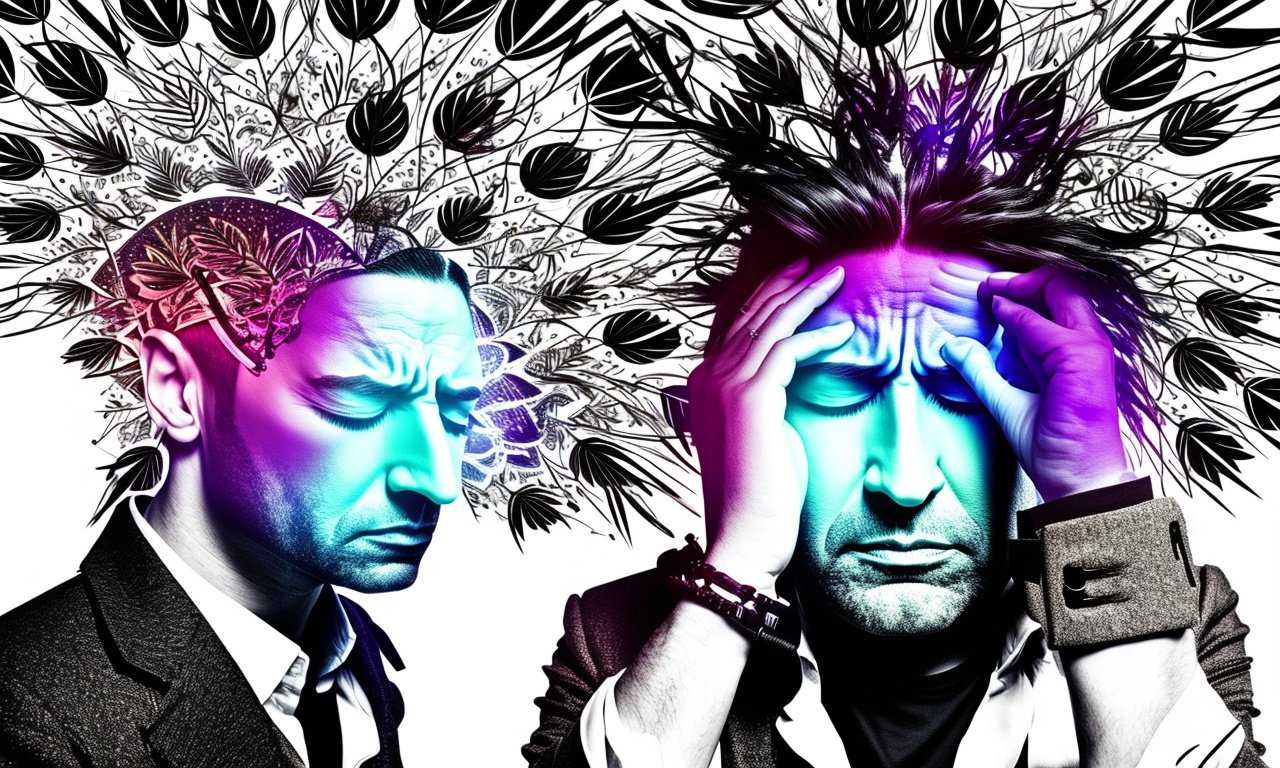



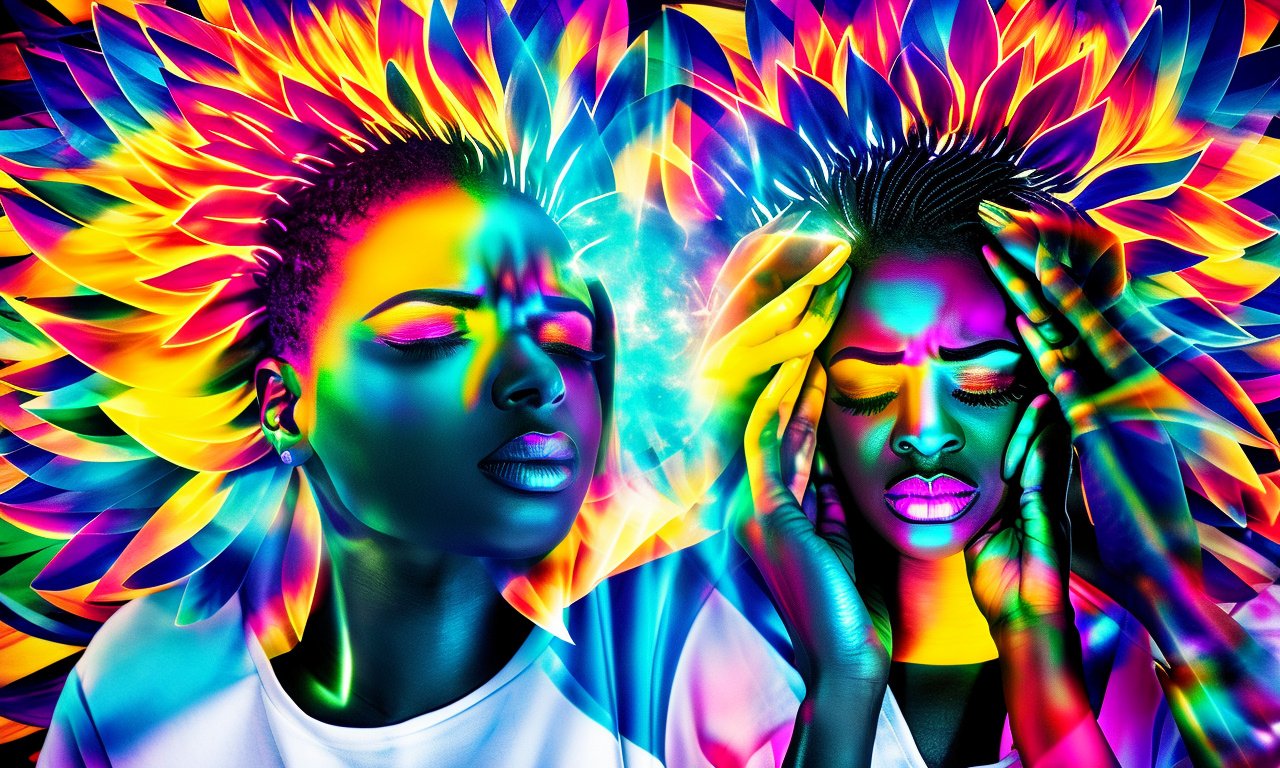


2) Experiments with LORAs
A relatively new technique which was popular at Mars College is a method called LoRA or Low-Rank Adaptation of Large Language Models. LoRAs basically allow you to quickly tune a model using training images such that it is then capable of generating images inspired by the training. The magic is that the technique works with as few as two or three training images.
Josh started by training a LoRA using images of himself. The goal here was to attempt to use the LoRA along with the prompt structure from the first experiment to generate images or artworks of Josh experiencing Migraine. The results here were interesting but highly awkward.
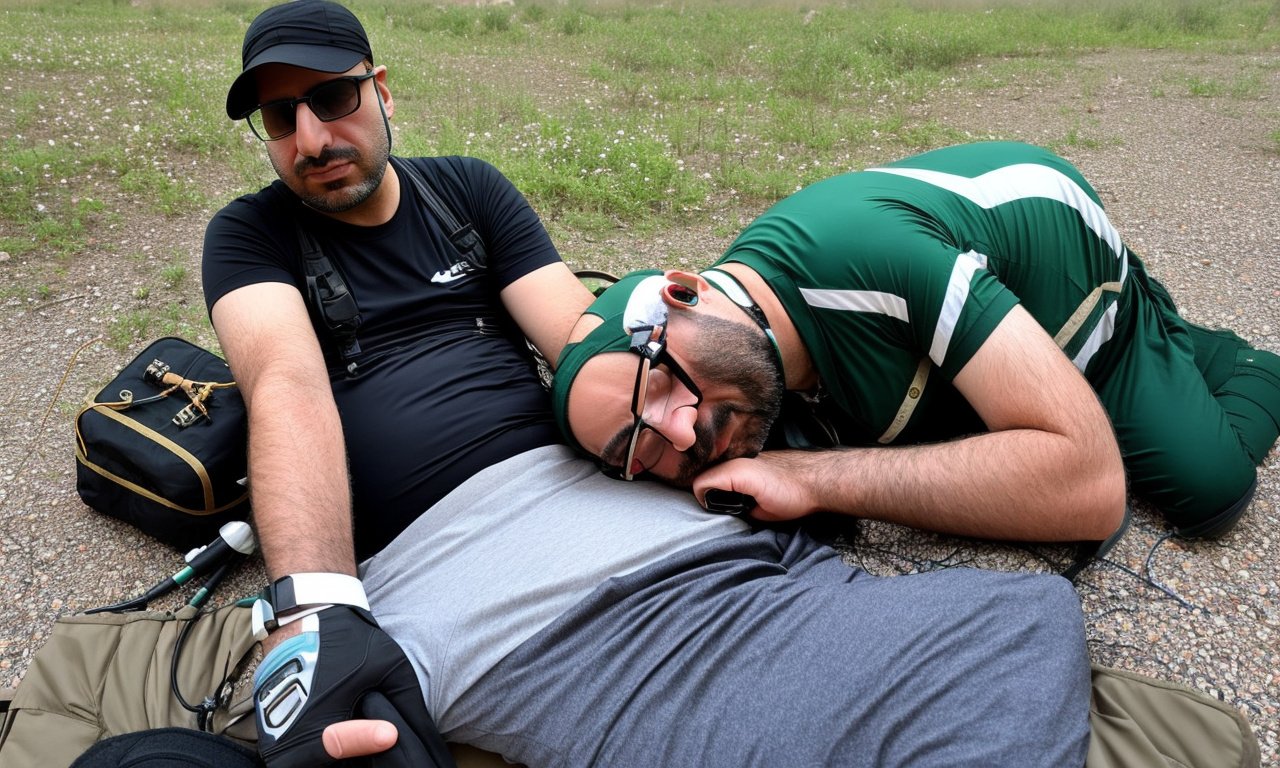

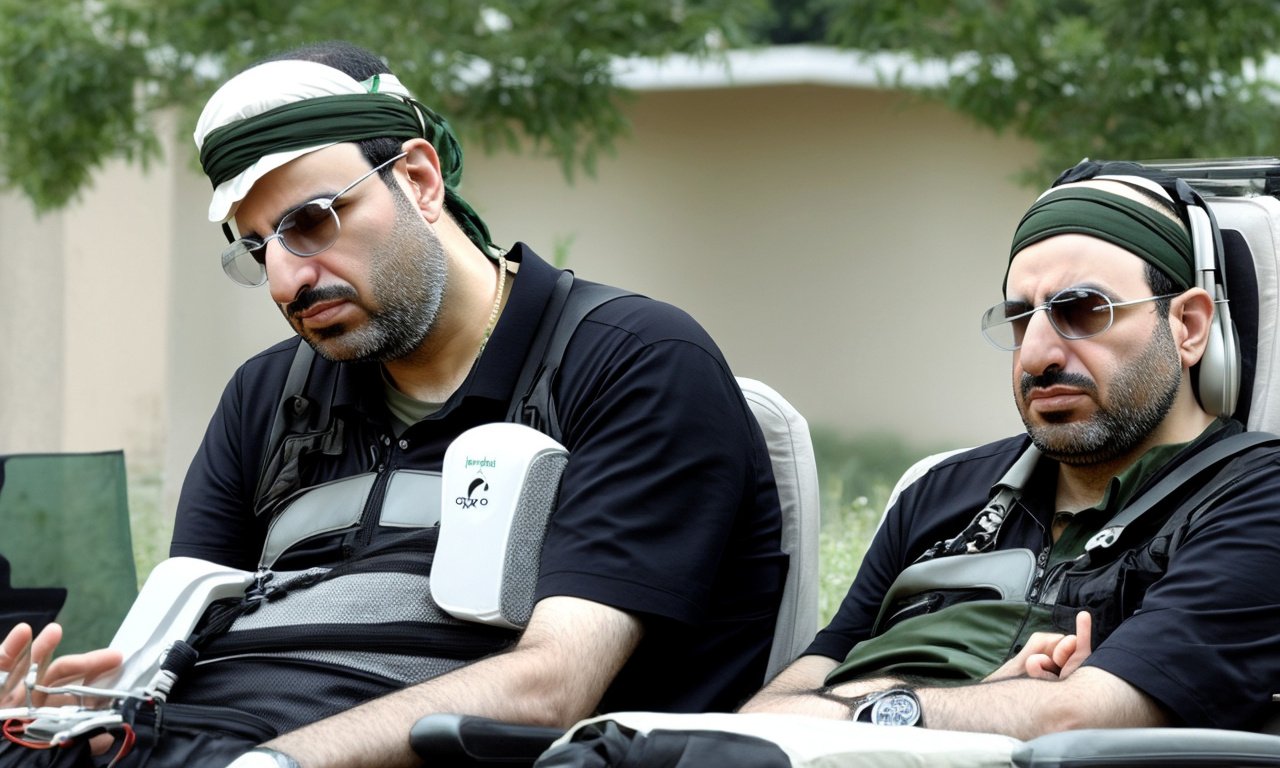

After seeing this approach with person LoRAs fail spectacularly, Josh trained another style LoRA using five examples of existing Migraine art from the British Migraine Association collection. While style LoRAs are not nearly as effective as LoRAs made using people, the results that came from using this LoRA were the first that started to feel like real human-created Migraine Art.






3) Experiments with LoRAs and init images
After sharing these results with an instructor, Josh received feedback that using init images may help produce more optimal results. Josh then attempted to use the original Lashley Migraine illustration that was the backbone of the Auras project as an init image in conjunction with the style LoRA trained in the second experiment. For those unfamiliar with the power of this illustration you can learn more on the Auras page. There is no objective, rational reason why using this illustration as an init image should work. However it did by coincidence work, which both produced amazing results, and connected the narrative to the original Auras project.



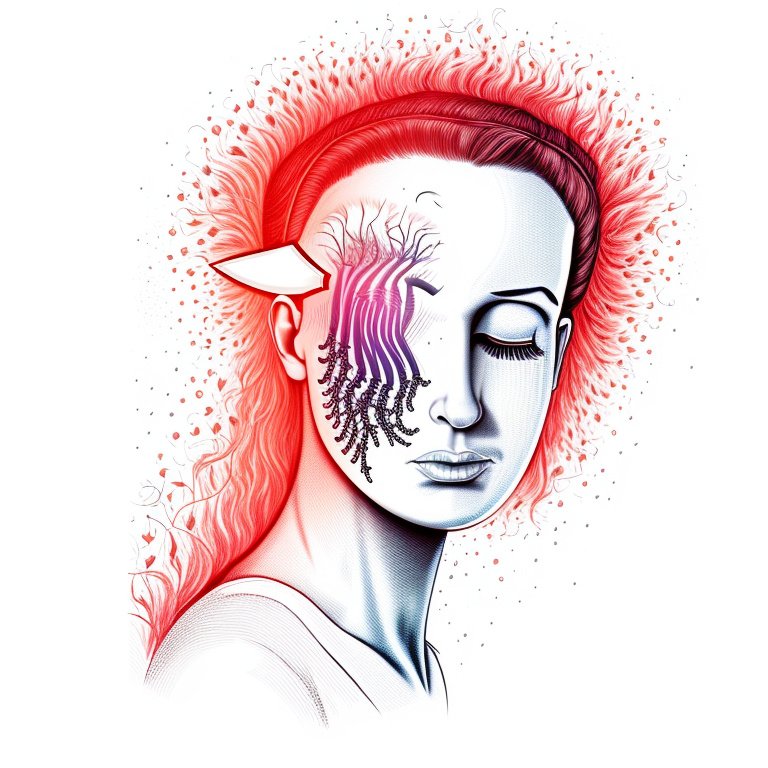



4) Flukes and surprises
Among the hundreds of images generated for this project, there were many that stood out as interesting, even if they didn’t really represent Migraine Art. These images are being included here to make it clear that not all images generated by these techniques make sense. The computer doesn’t actually understand what a Migraine is, but the migraineur curator brings meaning to the work by elevating the images that match their actual experience. A human deciding that one of these images is an expression of their own personal experience, or close to it, is what makes the image real Migraine Art.











5) Josh’s Favorites
Of all the images generated two stood out to Josh as the most powerful. What was interesting about these images is that, without him explaining why they are powerful to him personally, they don’t actually make any sense. Do they make sense to you? The first of these images was generated using just a basic prompt.
Why is this image generated from the prompt “Migraine”? As Josh explains, “it can be seen as two eyes, one which is seemingly being tortured by a pointy device. It captures the asymmetry of the pain.” Would you have reached that conclusion without him pointing it out? Does that conclusion even make sense?
The service which generated the images repeatedly and frequently crashed during one of the exploration sessions. This produced broken images, which in many ways felt like the perfect expression of a computer having a Migraine.
Observations
Human curation is what brings meaning and humanity to generative artwork.
The images created through this project are remarkable in many different ways. It is amazing that generative artwork can be created that seems to capture human pain, even if there is no actual pain being experienced by the machine creating it.
Migraine Art has historically been used as a way for patients to express the experience of a condition which is very hard to communicate. Generative tools that enable sufferers to easily create such artworks may help people struggling with the condition more easily express it, even if they lack artistic talent.
It is worth noting that there seems to be a relationship between the speed at which a given tool can generate art and the role that curation plays in the creative process. The faster works can be generated, the more curation is needed to identify and bring meaning to the works that stand out. This relationship can also be observed in photography, where it is well understood that a lot of pictures need to be taken to get a few that are really good.
If this project were click-bait, it would be easy to create a title like “Images prove computers feel pain.” Many of the images generated here show expressions of pain that are just as human as the artworks created by real humans. It is important to remember that these images are only surface deep, and only exist because the model was trained on a massive set of images, a subset which were tagged with keywords like Migraine.
The results of this project are not to be confused with a living artificial being creating artwork about pain it is actually experiencing. Rather, it is more like a robot, which is taking small samples from thousands of other images and artworks with no real understanding of the meaning behind the pixels. These artworks are simply a re-projection of existing human expressions of pain.
That said, the moment a human sees one of these images, and states that it matches how they feel, it becomes real human Migraine Art, whether it was created using a generative system or not.
For more on the topic of Migraine Art, please check out the book “Migraine Art: The Migraine Experience from Within.”
5/1/2023


